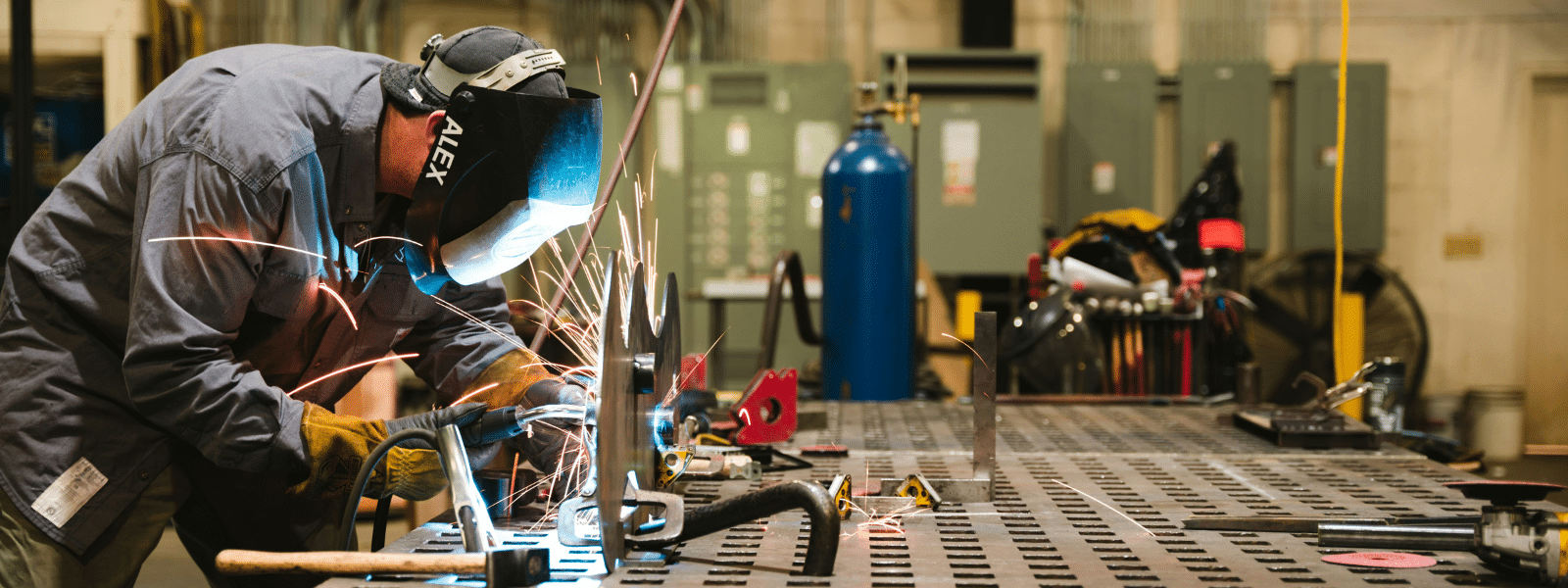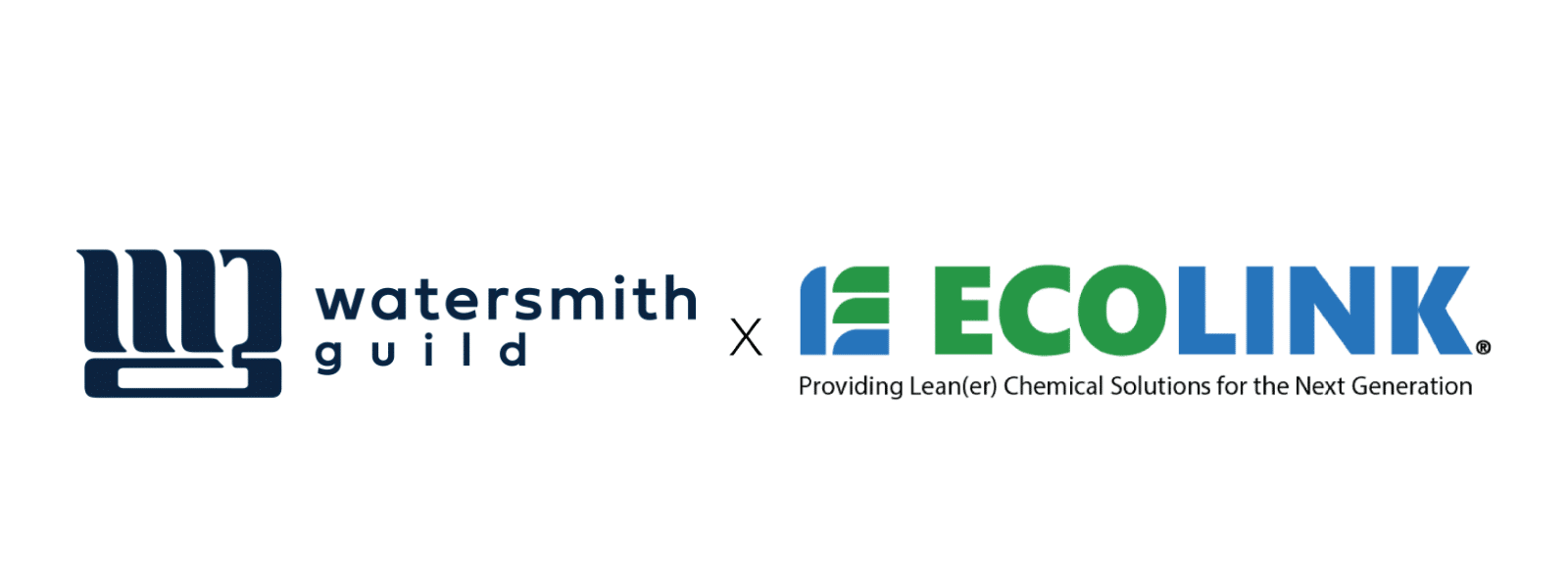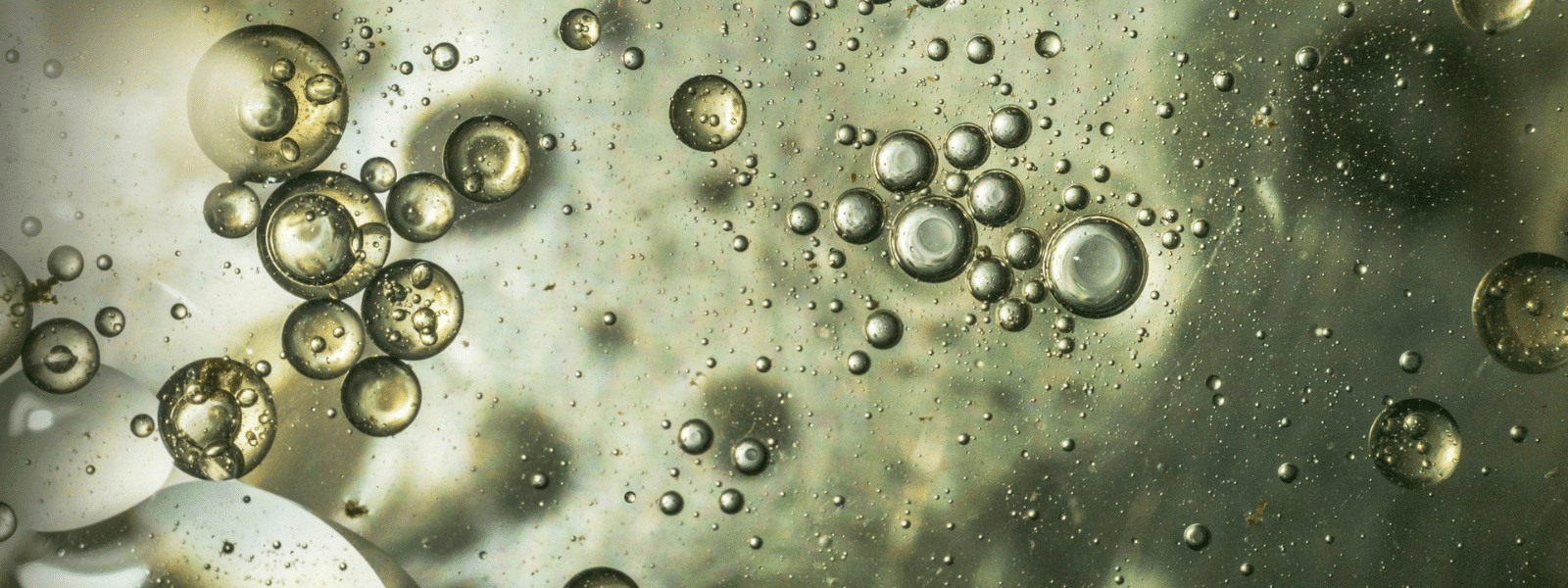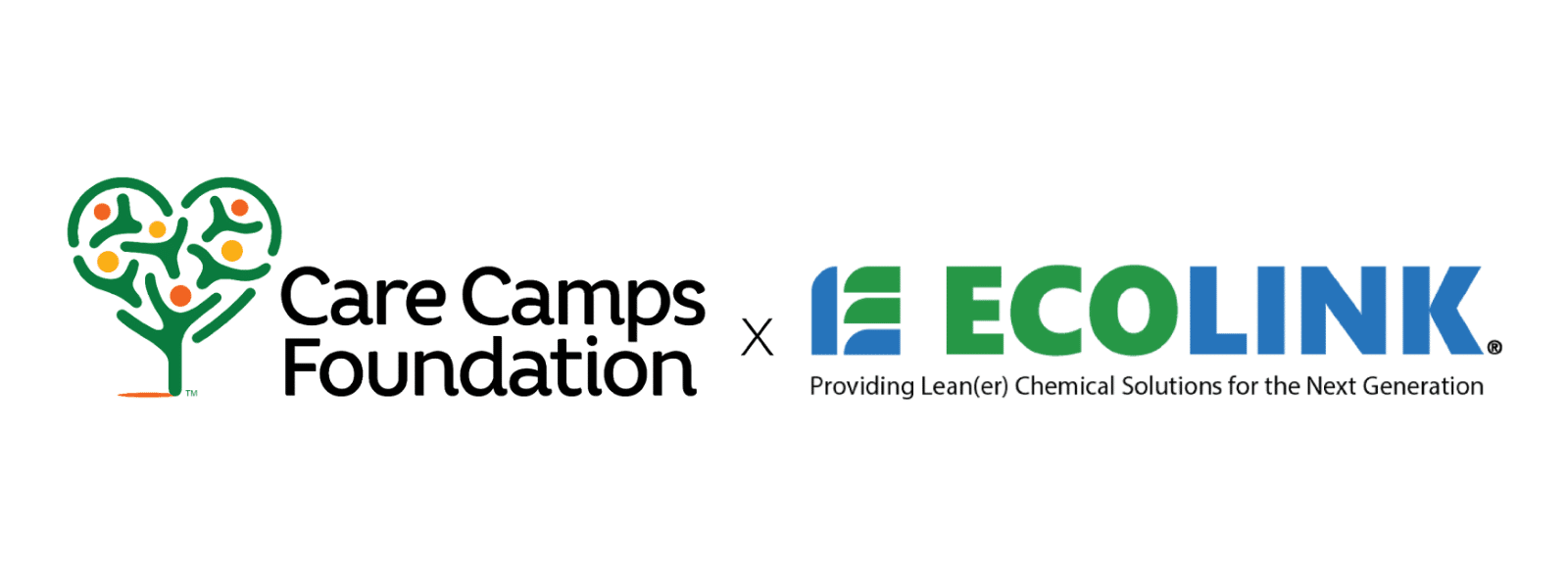A solvent tank filler is exactly what it sounds like: a solvent that is placed inside a tank that is typically used for cleaning purposes. Solvent tanks are most commonly operated as immersion tanks, where parts are submerged for deep cleaning operations. Using a solvent tank to clean parts via immersion typically results in a deeper degree of cleaning than spray on or wipe on applications. This can partly be seen in how the solvent operates when inside the solvent tank.
The Anatomy of a Solvent Tank
Solvent tanks come in various designs and configurations. However, in terms of their operation, they share many of the same characteristics. To describe the tank as simply as possible, below is a basic list of its parts in terms of how it contains and dispenses solvents for parts cleaning.
- Wash Tank — The largest part of a solvent tank is usually the wash tank, as this is where parts are placed to be thoroughly cleaned. In industrial grade models, the wash tank is usually a few feet deep but relatively confined in terms of its equipment footprint.
- Rinse Tank — The second largest part of a solvent tank is the rinse tank, which is where parts are transferred after undergoing cleaning in the wash tank. The rinse tank may be filled with a special rinsing agent, depending on the agent that is used in the wash tank.
- Supply Lines — Most industrial grade solvent tanks have one or more supply lines through which solvent tank filler can be placed in the wash tank, and rinsing agents can be added to the rinse tank. These supply lines help to automate the washing process.
- Solvent Drains — Solvent tanks also feature drains through which washing solutions and rinsing solutions can be removed. The rate at which the solutions must be drained depends on their unique formulation and the level of parts cleaning that is performed.
Using solvent tanks is an excellent option for companies that need to deeply clean a large volume parts on a regular basis. However, the success of the cleaning operation depends as much on the solvent that fills the tank as it does on the proper construction of the equipment.
Need a Solvent Tank Filler?
If so, the experienced chemists at Ecolink will provide you with a solution that offers the cleaning power, environmental safety profile, and price point that you need in a solvent tank filler. If we do not carry a pre-formulated solution that meets your solvent cleaning needs, we can create a custom solution that addresses your specific set of requirements for a solvent tank filler.
For more information about the operation of solvent tanks, or for assistance with choosing the right solvent tank filler, contact us today at (800) 563-1305 to schedule a free consultation, or fill out the contact form on our website. With us serving as your trusted provider of pre-formulated and custom cleaning solutions, you can maximize the cleaning capability of your solvent tank.















